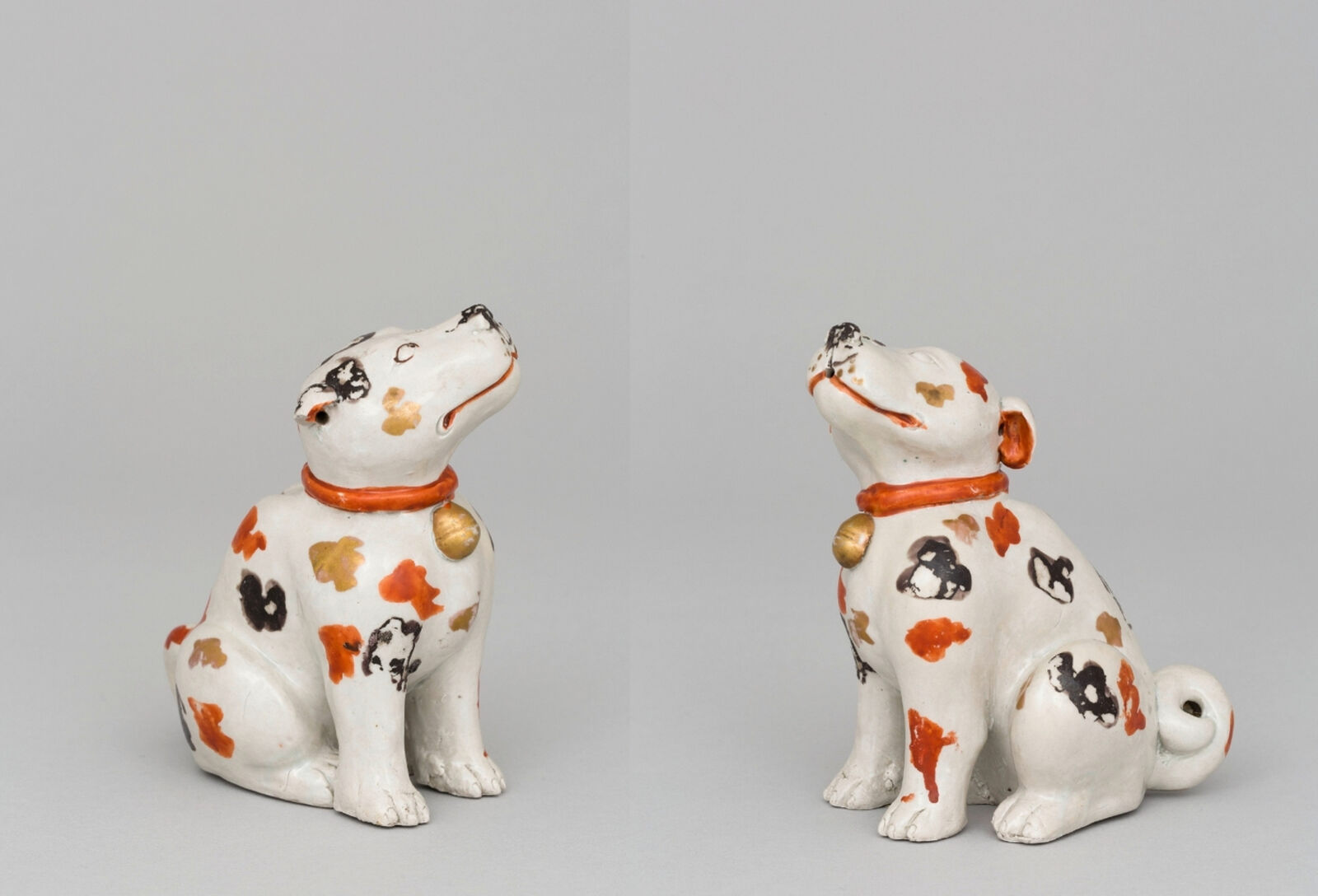
2 December 2025
11:00 CET / 19:00 JST
Check your time zone here
Online
English and Japanese
In conversation with Tomoko Fujiwara (Kyushu Ceramic Museum, Arita, Saga Prefecture, Japan), Dr Hiroko Nishida (Nezu Museum, Tokyo, Japan), Koji Ohashi (formerly Kyushu Ceramic Museum, Arita, Saga Prefecture, Japan), Karolin Randhahn (Digital Transformation, Dresden State Art Collections, Germany), Dr Miki Sakuraba (Musashino Art University, Tokyo, Japan), and Cora Würmell (Porzellansammlung, Dresden State Art Collections, Germany)
What makes a decade-long international collaboration succeed? Is it shared vision, mutual trust, or simply the will to keep talking across time zones? From 2014 to 2024, museums and scholars from around the world came together as part of “The Dresden Porcelain Project” to research the surviving East Asian porcelain collection of Augustus the Strong (1670–1733), which is now housed in the Dresden porcelain collection. Over 8,000 Chinese and Japanese pieces were re-examined and re-interpreted through comparisons of archival inventories and global dialogue between experts.
This has resulted in an open-access multilingual digital platform that has greatly improved access to and understanding of 17th- and 18th-century East Asian ceramics, and has enabled new connections between curators, historians, and ceramic specialists.
This Museum Mutuals session reunites partners from the Kyushu Ceramic Museum in Arita, Saga Prefecture, Nezu Museum in Tokyo, and Dresden State Art Collections to share and reflect on their experiences of working together over a period of ten years. During that time they have secured funding, contextualised objects, and developed a digital platform proving that, like porcelain itself, carefully crafted partnerships can be intricate and enduring.
Photo: Figure of a dog. Japan, Arita, 1700–1720. h. 14,6 cm, l. 12,2 cm, w. 8,8 cm. Inv. no. PO 4815. © Porzellansammlung, Staatliche Kunstsammlungen Dresden, photo: Adrian Sauer.